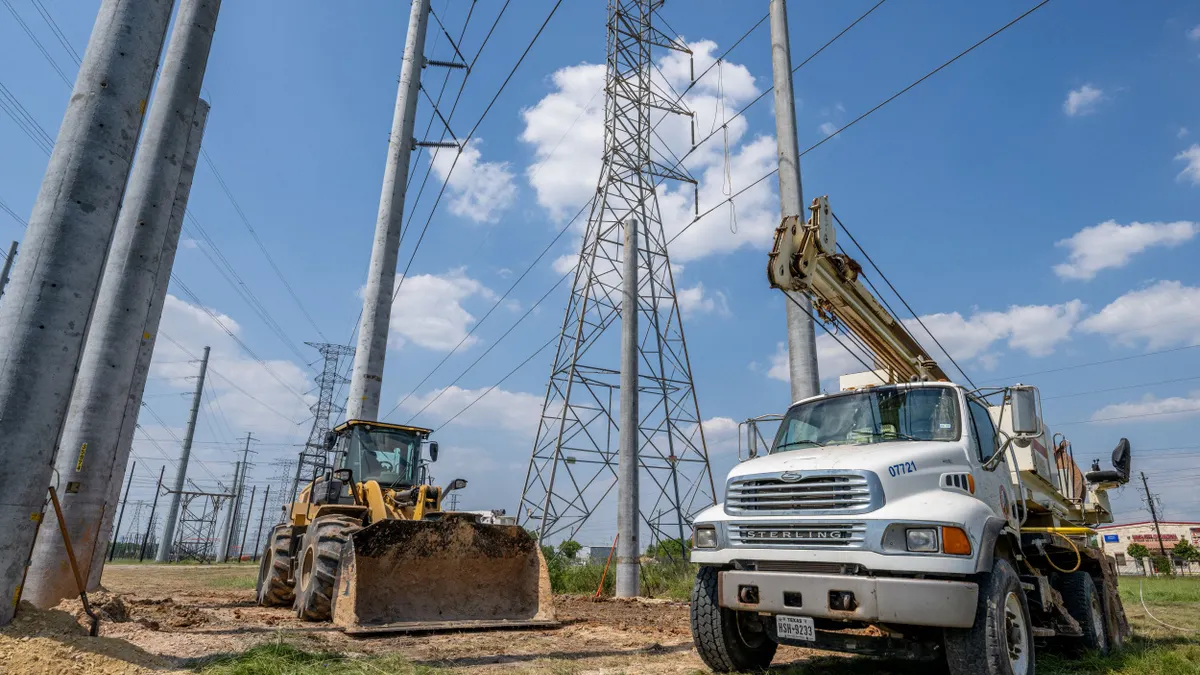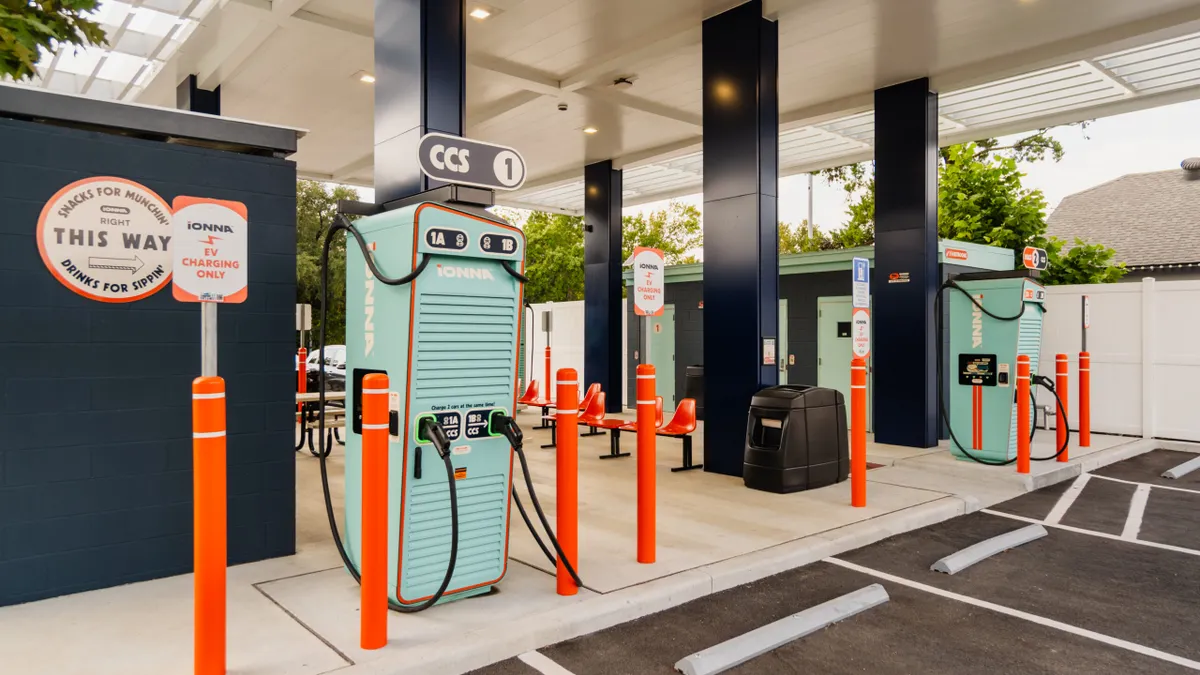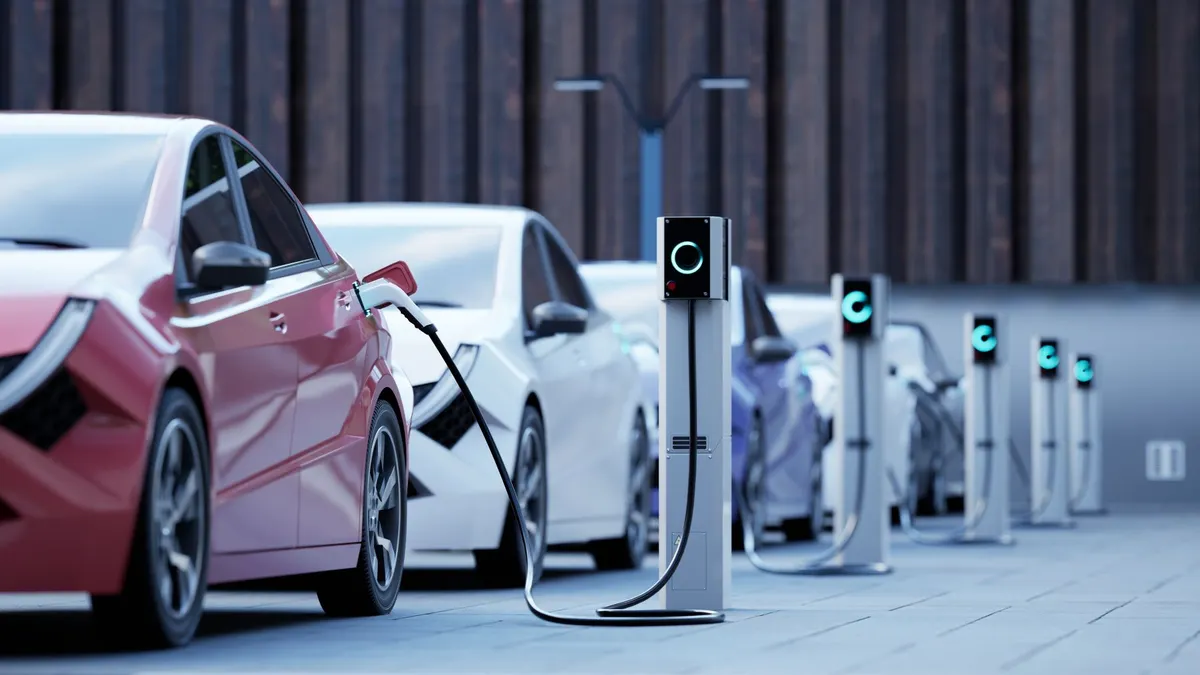Audrey Zibelman is the former CEO of AEMO, the national grid operator of Australia, and former chairwoman of the New York Public Service Commission. Victoria Harmon is principal of VL Harmon Advisors, a New York based-clean energy strategic communications firm.
Electrification is essential to the energy transition and combating climate change. We have a better chance to clean our air, protect our climate, lower costs, improve our health and advance the grid’s capabilities by adopting cleaner and energy-efficient technologies, like rooftop solar, energy storage and electric hot water heaters and cooling devices into our lives.
The progress we’ve already made to electrify has mostly been available to those who can afford the cash outlay — a small percentage of the 120 million plus U.S. households. Unless we are proactive and do something different, the energy transition will create a “clean power divide” making the “digital divide” of the Internet look innocuous by comparison.
Some good news. Ensuring a “just transition" is embedded in the philosophy of the Inflation Reduction Act. However, unless we vigorously target the estimated $1.7 trillion of funding expected to be unleashed over the next 10 years to where it is most needed, there is a risk local communities, particularly those in underserved, historically marginalized areas, will be left on the sidelines and continue to be harmed disproportionately.
Fortunately, we can turn to history to solve this accessibility gap.
Almost a century ago, President Franklin D. Roosevelt had a similar equity and investment problem. The introduction of electricity in American cities increased productivity and improved human well-being overall. But while large for-profit utilities were happy to build the systems and sell electricity to households living in more urban areas, less than 10% of rural Americans had the same access due to economic constraints.
In response, in 1935, President Roosevelt applied the Emergency Relief Appropriation Act to establish the Rural Electrification Administration, or REA. The purpose of the REA was to provide “generation, transmission and distribution of electrical energy in rural areas.” One year later, bipartisan companion bills introduced by Senator George Norris of Nebraska and Rep. Sam Rayburn of Texas were enacted and the REA became a permanent institution of government.
Sometimes the best solutions to a problem are found in history. The cooperative ownership model has proven to be an enduring solution to increasing access to electrical services in rural America.
Inspired by the REA, we suggest investing a portion of federal energy transition funding, jointly with private capital to support the creation of not-for-profit electrification cooperatives nationally. These co-ops would have the responsibility and platform to work directly with individual owners and representative communities wishing to electrify and use clean technology and resources to make their homes and businesses more efficient, healthier, and affordable, while providing equitable access.
Like solar, now widely adopted across much of the country, the co-ops will help drive down costs, support better standardization and enable more efficient manufacturing and delivery. The co-ops will create family-sustaining jobs and all the picks and shovels we need for a just energy transition.
A not-for-profit electrical cooperative can turn individual electric consumers into clean energy “prosumers” who receive health and economic benefits from the energy transition. The “owners” of electrification co-ops will in effect be the co-op’s customers they serve and every time the cooperative “sells” the flexible demand it can offer a dividend to the individual electric bill payer. If all Americans can participate, we can achieve the speed and scale required to decarbonize electricity and transportation and save the planet.
By delivering the energy, financial and deployment expertise each community wants, with flexibility, and at scale, the idea of a national electrification cooperative model deployed locally can create a timely and just outcome to the energy transition by giving all electric consumers access to these clean technologies bringing health and comfort, affordably.
To be sure, there remain challenges to implementing this co-op proposal — much like the Inflation Reduction Act itself. The program must be designed with an array of diverse community views and input combined with a program that will account for the particularities of state and local rules, tariff structures, and laws and, of course, political intransigence in some of the states with elected leaders and regulators who firmly believe the private sector is the only actor to administer electrification programs. Demonstration, pilot programs in willing municipalities and communities could be the answer to overcome these barriers showing the pathway. In addition to the promise of jobs, there is the potential for lower electricity bills and economic development.
The energy transition is one of the most complex technological, economic, and societal shifts we’ve encountered in nearly 100 years. We have a moral obligation to support a transition that is economically efficient and universally beneficial. This will not occur just because we have the desire, technology, and money. It must be structural and one great structural change may be one we can borrow from Roosevelt and history.






















